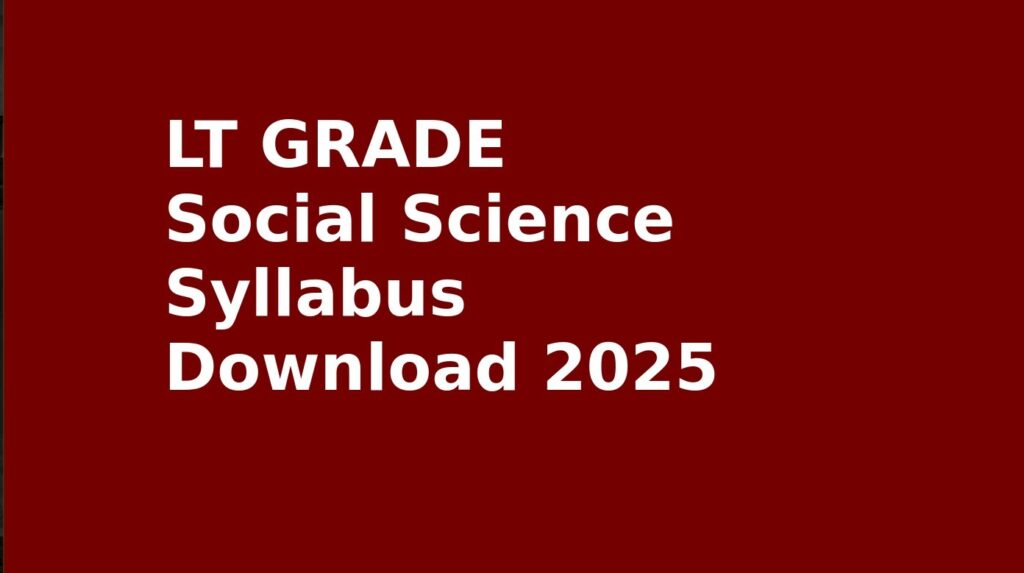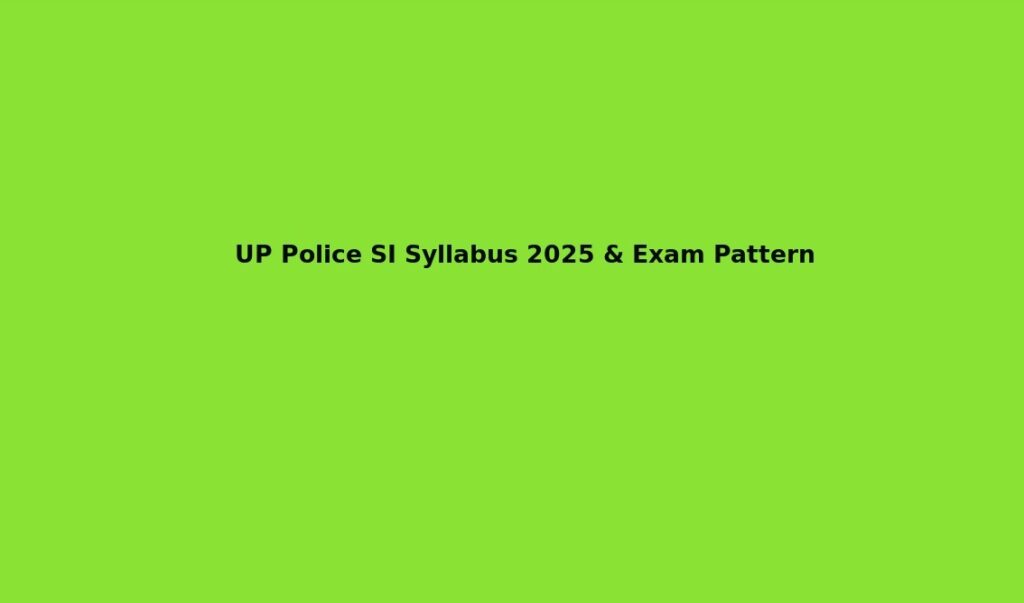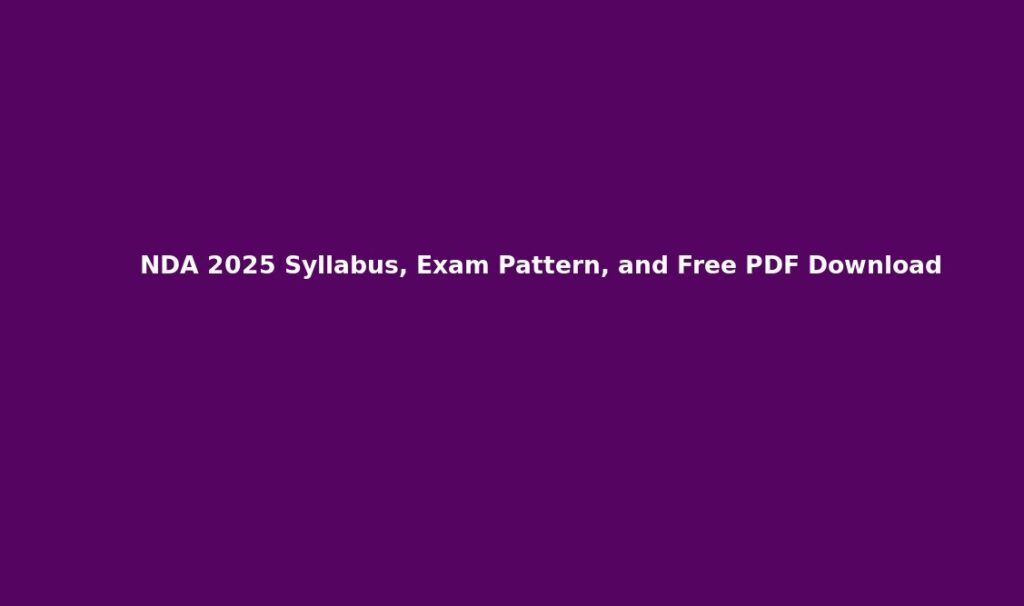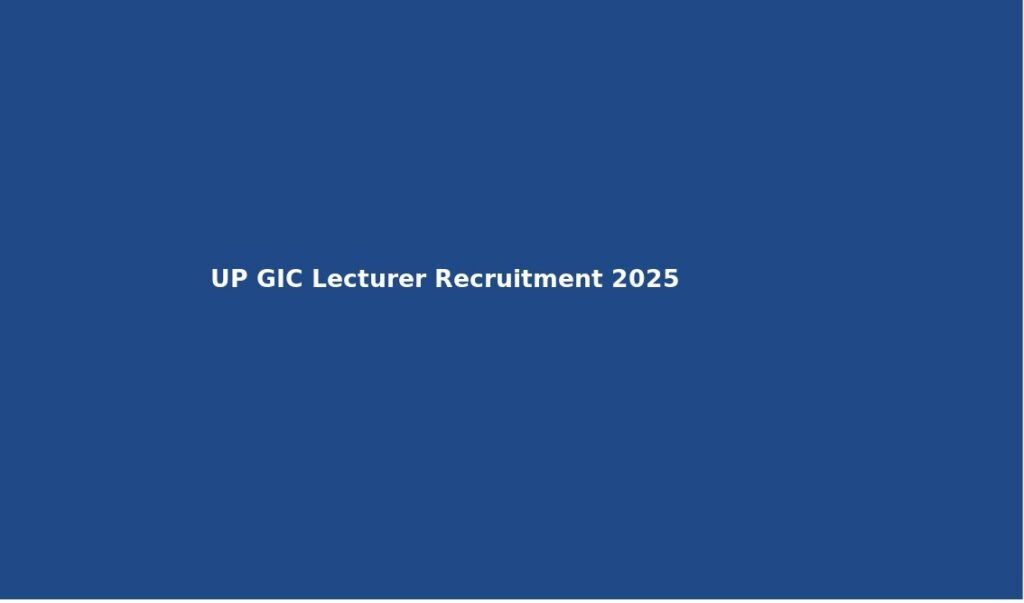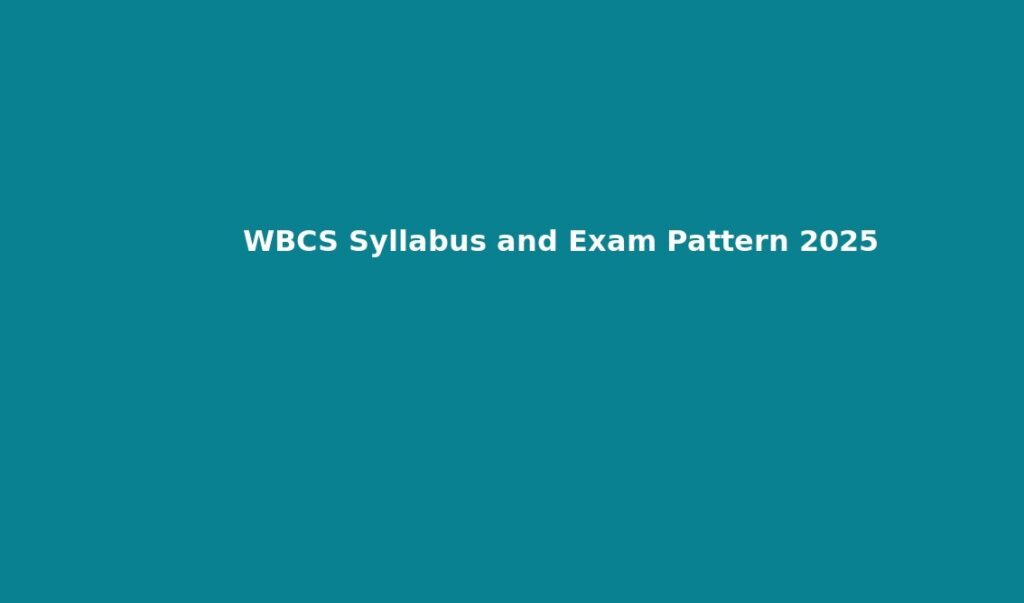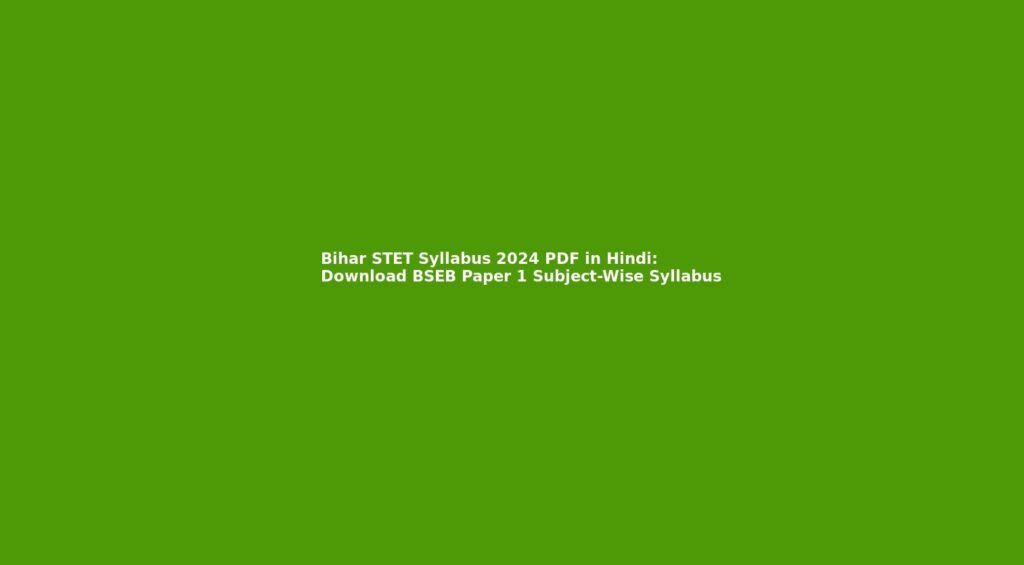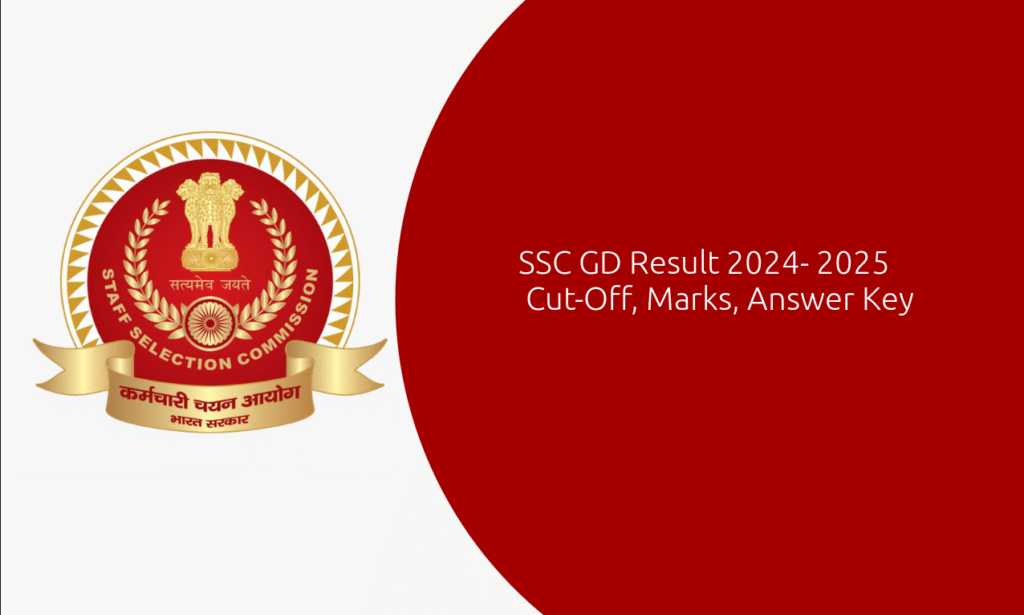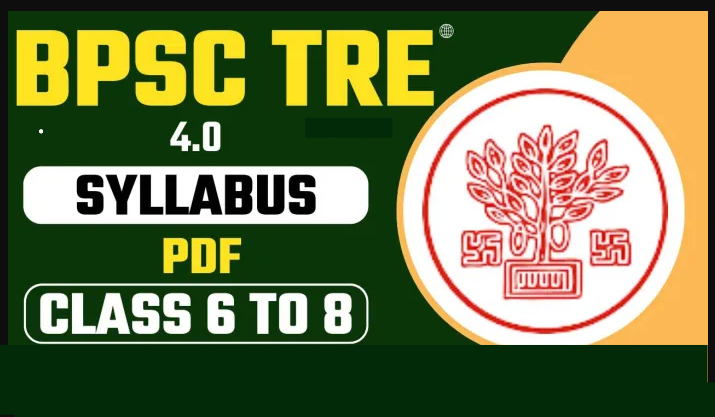If you are preparing for the UPPSC ARO/RO Exam 2024 and Searching for ARO/RO 2025 Question sets and looking to master Modern Indian History UPPSC ARO/RO is designed specifically for aspiring candidates in Uttar Pradesh, covering crucial topics from the advent of Europeans to India’s independence. Test your knowledge on key events, important personalities, and significant movements to enhance your exam readiness. Dive into these expertly crafted questions to boost your score in the upcoming UPPSC ARO/RO 2024 examination which is announced to be help 27 July 2025. Modern Indian History UPPSC ARO/RO Model Paper
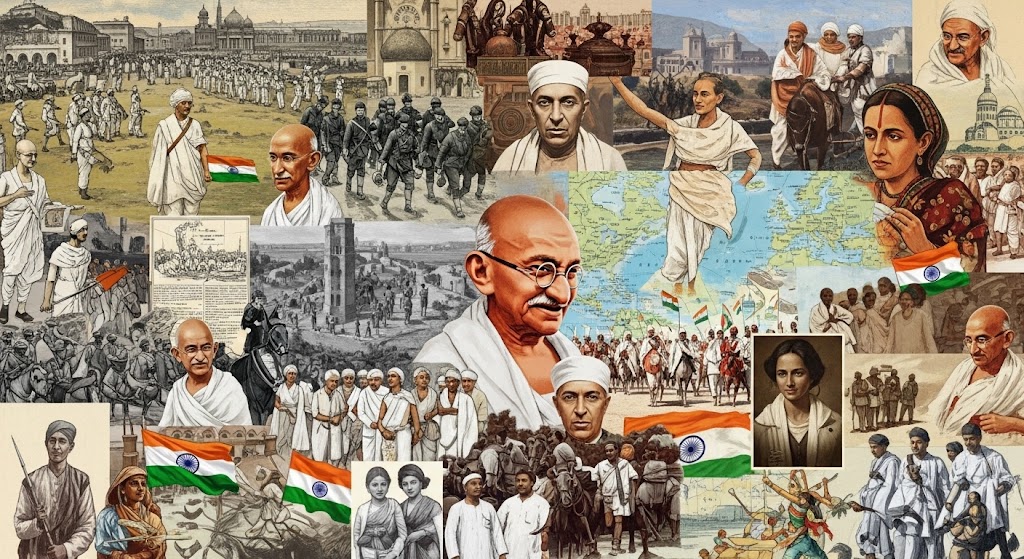
Modern Indian History ARO/RO 2025 Question sets
Section A: Advent of Europeans and British Expansion
Q1. Which European power was the first to establish a trading post in India? a) British b) Portuguese c) Dutch d) French
Q2. The Battle of Plassey was fought in which year? a) 1757 b) 1761 c) 1764 d) 1773
Q3. Who was the Nawab of Bengal during the Battle of Plassey? a) Alivardi Khan b) Mir Jafar c) Siraj-ud-Daulah d) Mir Qasim
Q4. The Treaty of Srirangapatna was signed between Tipu Sultan and which British Governor-General? a) Lord Cornwallis b) Lord Wellesley c) Lord Hastings d) Lord Dalhousie
Q5. Which of the following British Governor-Generals is associated with the Subsidiary Alliance System? a) Lord William Bentinck b) Lord Dalhousie c) Lord Wellesley d) Lord Ripon
Section B: Socio-Religious Reform Movements and Revolts
Q6. The Brahmo Samaj was founded by: a) Swami Vivekananda b) Raja Ram Mohan Roy c) Ishwar Chandra Vidyasagar d) Dayanand Saraswati
Q7. Who advocated for the “Back to the Vedas” slogan? a) Swami Vivekananda b) Raja Ram Mohan Roy c) Dayanand Saraswati d) Annie Besant
Q8. The Widow Remarriage Act was passed in which year? a) 1829 b) 1856 c) 1872 d) 1891
Q9. The first major tribal uprising against the British, known as the Santhal Rebellion, occurred in: a) 1820-21 b) 1831-32 c) 1855-56 d) 1860-61
Q10. Who was the Governor-General of India during the Revolt of 1857? a) Lord Dalhousie b) Lord Canning c) Lord Lytton d) Lord Ripon
Section C: Indian National Movement (Early Phase & Rise of Nationalism)
Q11. The Indian National Congress was founded in: a) 1880 b) 1885 c) 1890 d) 1905
Q12. Who is considered the “Father of Indian Nationalism”? a) Bal Gangadhar Tilak b) Mahatma Gandhi c) Surendranath Banerjee d) Raja Ram Mohan Roy
Q13. The Partition of Bengal took place in which year? a) 1900 b) 1905 c) 1907 d) 1911
Q14. The Surat Split of the Indian National Congress occurred due to differences between: a) Moderates and Extremists b) Hindus and Muslims c) Liberals and Conservatives d) Socialists and Capitalists
Q15. Who founded the Ghadar Party in North America? a) Lala Lajpat Rai b) Bhagat Singh c) Lala Hardayal d) Rash Behari Bose
Section D: Gandhian Era and Road to Independence
Q16. Mahatma Gandhi returned to India from South Africa in which year? a) 1909 b) 1915 c) 1919 d) 1920
Q17. The Jallianwala Bagh Massacre took place in: a) 1917 b) 1919 c) 1922 d) 1929
Q18. Which movement was launched by Mahatma Gandhi after the Chauri Chaura incident? a) Non-Cooperation Movement b) Civil Disobedience Movement c) Quit India Movement d) Khilafat Movement
Q19. Who was the leader of the Bardoli Satyagraha? a) Mahatma Gandhi b) Sardar Vallabhbhai Patel c) Jawaharlal Nehru d) Rajendra Prasad
Q20. The Cripps Mission came to India in which year? a) 1939 b) 1942 c) 1945 d) 1946
Q21. The “Direct Action Day” was called by the Muslim League on: a) August 16, 1946 b) July 4, 1947 c) January 26, 1950 d) August 15, 1947
Q22. Who was the last Viceroy of India? a) Lord Wavell b) Lord Mountbatten c) C. Rajagopalachari d) Lord Linlithgow
Section E: Post-Independence Consolidation – ARO/RO 2025 Question sets
Q23. The integration of princely states into the Indian Union was primarily carried out by: a) Jawaharlal Nehru b) Sardar Vallabhbhai Patel c) B.R. Ambedkar d) Maulana Abul Kalam Azad
Q24. Which of the following princely states was the last to accede to the Indian Union? a) Junagadh b) Hyderabad c) Kashmir d) Mysore
Answers of Question Related ARO/RO 2025 Question sets:
Section A: Advent of Europeans and British Expansion
- b) Portuguese
- a) 1757
- c) Siraj-ud-Daulah
- a) Lord Cornwallis
- c) Lord Wellesley
Section B: Socio-Religious Reform Movements and Revolts 6. b) Raja Ram Mohan Roy 7. c) Dayanand Saraswati 8. b) 1856 9. c) 1855-56 10. b) Lord Canning
Section C: Indian National Movement (Early Phase & Rise of Nationalism) 11. b) 1885 12. d) Raja Ram Mohan Roy 13. b) 1905 14. a) Moderates and Extremists 15. c) Lala Hardayal
Section D: Gandhian Era and Road to Independence 16. b) 1915 17. b) 1919 18. a) Non-Cooperation Movement 19. b) Sardar Vallabhbhai Patel 20. b) 1942 21. a) August 16, 1946 22. b) Lord Mountbatten
Section E: Post-Independence Consolidation 23. b) Sardar Vallabhbhai Patel 24. b) Hyderabad
Section F: Important Acts, Reforms, and Commissions (Post-1857)
Q25. The Ilbert Bill, a significant legislative proposal, stirred considerable controversy during British rule. This controversy was primarily related to which aspect of governance? a) Judicial reforms b) Land revenue system c) Education policy d) Military reorganization
Q26. The British introduced several administrative changes to India. Which of the following Acts first introduced the system of separate electorates for Muslims, significantly impacting communal politics? a) Indian Councils Act, 1892 b) Minto-Morley Reforms, 1909 c) Montagu-Chelmsford Reforms, 1919 d) Government of India Act, 1935
Q27. A draconian piece of legislation designed to curb political unrest, the Rowlatt Act, sparked widespread protest across India. In which year was this act passed? a) 1917 b) 1918 c) 1919 d) 1920
Q28. The Government of India Act of 1935 was a landmark constitutional reform. It introduced the system of ‘Dyarchy’ at which level of government in India? a) Provincial level b) Central level c) Both provincial and central levels d) Local level
Q29. A commission was appointed by the British government to review the constitutional reforms in India. The Simon Commission was primarily appointed to review the working of which specific set of reforms? a) The working of the Montagu-Chelmsford Reforms b) The progress of the Non-Cooperation Movement c) The economic conditions in India d) The communal award
Section G: Revolutionary Activities and Peasant/Labour Movements Modern Indian HistoryARO/RO 2025 Question sets
Q30. Indian revolutionaries often took their fight for freedom abroad. Who was responsible for the assassination of Curzon Wyllie in London, an act that shocked the British establishment? a) Bhagat Singh b) Udham Singh c) Madan Lal Dhingra d) V.D. Savarkar
Q31. A daring act of defiance against British authority involved a raid on an arms depot. The Chittagong Armory Raid was famously led by which prominent revolutionary? a) Chandrashekhar Azad b) Bhagat Singh c) Surya Sen d) Batukeshwar Dutt
Q32. A key revolutionary organization played a significant role in the Indian freedom struggle. Who among the following was the founder of the Hindustan Socialist Republican Association (HSRA)? a) Bhagat Singh b) Sukhdev c) Chandrashekhar Azad d) All of the above
Q33. The growing discontent among farmers led to the formation of a major organization. In which city was the All India Kisan Sabha, a prominent peasant organization, founded? a) Lucknow b) Calcutta c) Bombay d) Madras
Q34. The struggles of the working class also gained momentum in India. The first May Day celebration in India, signifying the rising labor consciousness, was organized in Madras by whom? a) M.N. Roy b) S.A. Dange c) Singaravelu Chettiar d) B.T. Ranadive
Section H: World Wars and Their Impact on Indian Nationalism / Modern Indian ARO/RO 2025 Question sets
Q35. Global events significantly influenced the course of Indian nationalism. During which major global conflict did the Cripps Mission, a British attempt to secure Indian support, visit India? a) First World War b) Second World War c) Both First and Second World War d) Neither
Q36. Subhas Chandra Bose’s efforts to liberate India involved the formation of a military force. The Indian National Army (INA) was primarily formed with the military and logistical assistance of which country? a) Germany b) Japan c) Italy d) France
Q37. A pivotal moment in India’s struggle for independence was the launch of a mass movement. The Quit India Movement was launched by Mahatma Gandhi in response to the failure of which significant British mission? a) Cabinet Mission b) Cripps Mission c) Simon Commission d) Wavell Plan
Section I: Partition and Independence ARO/RO 2025 Question sets
Q38. The final blueprint for the division of India was laid out in a specific plan. The Mountbatten Plan for the partition of India was formally accepted by both the Indian National Congress and the Muslim League on what date? a) June 3, 1947 b) August 15, 1947 c) January 26, 1950 d) March 23, 1940
Q39. The partition of British India necessitated the drawing of new boundaries. Who was the British lawyer appointed to chair the Boundary Commission responsible for demarcating the borders of Punjab and Bengal? a) Lord Mountbatten b) Cyril Radcliffe
c) V.P. Menon
d) Jawaharlal Nehru
Q40. Following India’s independence, a new administrative structure was established. Who served as the first Governor-General of independent India? a) Lord Mountbatten b) C. Rajagopalachari c) Jawaharlal Nehru d) Sardar Vallabhbhai Patel
Answers ARO/RO 2025 Question sets:
Section F: Important Acts, Reforms, and Commissions (Post-1857) 25. a) Judicial reforms 26. b) Minto-Morley Reforms, 1909 27. c) 1919 28. b) Central level 29. a) The working of the Montagu-Chelmsford Reforms
Section G: Revolutionary Activities and Peasant/Labour Movements 30. c) Madan Lal Dhingra 31. c) Surya Sen 32. c) Chandrashekhar Azad 33. a) Lucknow 34. c) Singaravelu Chettiar
Section H: World Wars and Their Impact on Indian Nationalism 35. b) Second World War 36. b) Japan 37. b) Cripps Mission
Section I: Partition and Independence 38. a) June 3, 1947 39. b) Cyril Radcliffe 40. a) Lord Mountbatten
So these are Indian Modern History Questions ARO/RO 2025 Question sets
List Ramsar Wetlands Site in India Latest Update
How to Prepare for UPPSC PCS Interview After Mains – Expert Strategy
